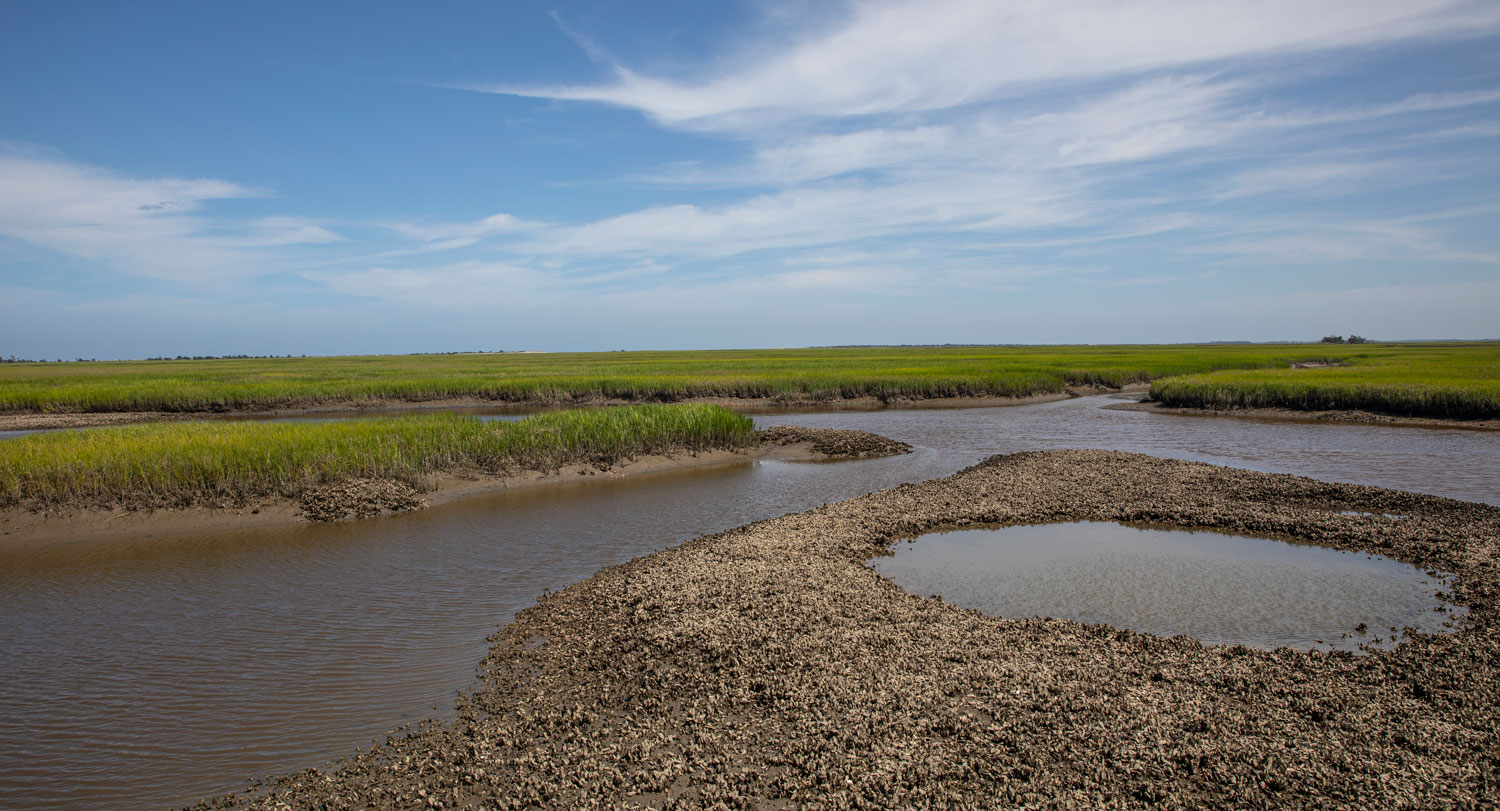
As the fight against plastic pollution continues, the National Oceanic and Atmospheric Administration has awarded USC a grant for $2.6 million for a three-year project to find plastic alternatives for coastal applications.
The breakdown
- Accumulating plastics and polymer composites are putting coastal ecosystems in danger.
- Researchers from the Baruch Marine Field Laboratory will test natural materials like jute, coir and hemp to discover the best substitutes for nonbiodegradable plastics used in environmental restoration, aquaculture and water quality protection along the Palmetto State coast.
- The work is a partnership with professionals from the South Carolina Sea Grant Consortium, USC, the University of Dayton, Johnson C. Smith University, Robinson Design Engineers and Clemson University along with representatives from regional Gullah Geechee and nonprofit communities.
- The project is funded by the National Sea Grant Infrastructure Investment and Jobs Act (IIJA) Marine Debris Challenge Competition.
What they’re saying
“We’ll realize the impact a few years from now when we see a speedier transition to better material options, for example as next-generation, biodegradable, nonplastic oyster reef restoration structures become more common than current conventional plastic mesh options,” says Bill Strosnider, director of USC’s Baruch Marine Field Laboratory. “That will lead to a significant reduction in plastics in our sensitive coastal environments."
What to expect
The project, “From Blue-Gray to Blue-Green: Facilitating the Transition to Non-Plastic,
Natural Material Use Within the Coastal Zone Economy,” will produce a list of proven
and economically viable alternatives.
Scientific journal articles and K-12 educational curriculum materials will also be
part of the project.
Strosnider says the findings will be most relevant for the southeastern U.S. coast,
but the practical plastic alternatives could potentially be used around the world.